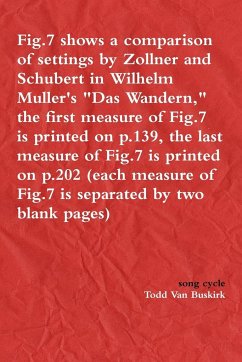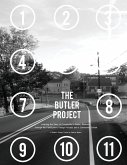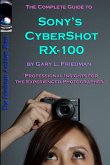In a 1793 text called On the Sublime (Vom Erhabenen), Schiller argues that the mathematical sublime ought to be labeled the theoretical sublime. Most contemporary theorists feel uncomfortable about ascribing significance to inaudible relationships to music; we tend to assume that there should be some meaningful relationship between analysis and auditory experience. Now consider that any entity in a music system is a "thought-object." A music object cannot sound or be heard unless it is somehow converted into a thought-object. In order to generate a particular music object usually several thought-objects have to interact and finally undergo a synthesis process. The music domain is made of many different classes whose objects finally influence the performance. As a first approach, our music model distinguishes the following classes: Instrument, Generator, Note and Score. It is important to note that Van Buskirk's music model is object-oriented and not "event-oriented."
Bitte wählen Sie Ihr Anliegen aus.
Rechnungen
Retourenschein anfordern
Bestellstatus
Storno








